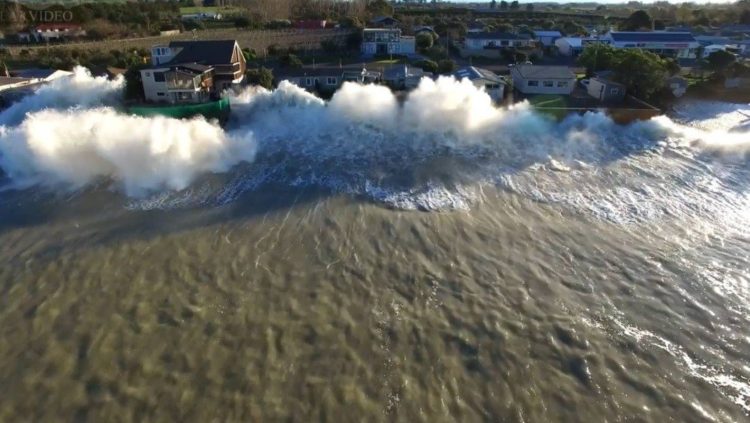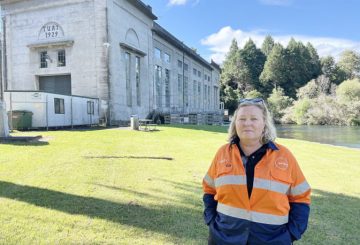暴風雨の激化、山火事、海面上昇など、気候変動の脅威が高まっているため、ニュージーランドでは、自然災害のリスクが高い地域社会の管理された撤退に関する議論が巻き起こっています。主要政党の立場を簡潔にまとめると、以下のようになります。
- 緑の党:
- マネージドリトリートに関する法律をサポートします。
- リスクの高い地域からの移動を必要とする家族に対して、政府、議会、住宅所有者が負担する費用を分担することを信じています。
- 危険が発生しやすい地域での開発を制限し、住宅購入候補者に対する危険警告を議会のLIM報告書に確実に盛り込むよう提唱している。
- 政府補助の保険には反対。
- 労働党:
- マネージド・リトリート・アクトをサポートします。
- リスクのある開発に対する支払い責任や制限については明記していない。
- 民間保険会社が撤退した場合の補償について何らかの形の補償を調査したが、政府補助金による保険に対する姿勢を明確に表明していない。
- テ・パティ・マオリ:
- バックスは退却法を管理した。
- 中央政府、地方自治体、住宅所有者の間での地域移転の費用分担を提唱している。
- リスクの高い地域での開発制限を支持し、住宅購入者に潜在的な危険について知らせることを重視しています。
- 政府補助の保険を推薦している。
- 保険に加入していない被災者のための「公平性に基づく適応基金」の設立を働きかけ、自然災害後の復興のために10億ドルのマオリ・タイアオ族救済基金を提案している。
- 国民党:
- マネージドリトリート法を支持します。
- 移転費用について、政府、議会、住宅所有者の間で責任を分担することを提案する。
- 潜在的な住宅購入者に危険な地域について警告することを提唱し、サイクロン・ガブリエルの買収対象として選ばれた地域のさらなる開発を制限すべきだと考えている。
- 他のリスク地域での開発を制限する新しい規制や、政府補助の保険制度に反対している。
- アクトパーティー:
- マネージドリトリート法を支持していません。
- 政府、議会、住宅所有者が移転費用を分担すべきだと考えています。
- サイクロン・ガブリエルの買収が提案された地域の開発制限を支持する。
- 住宅購入者への危険警報、リスクのある地域での開発に対するさらなる制限、政府補助金による保険に反対している。
- 現在の資源管理法を廃止し、新しい環境・都市開発法を支持することを提案する。
ニュージーランドは気候変動という差し迫った課題に取り組んでおり、リスクにさらされている地域社会にとって厳しい決断を検討せざるを得ない中、この問題は依然として議論の余地があります
。





























































